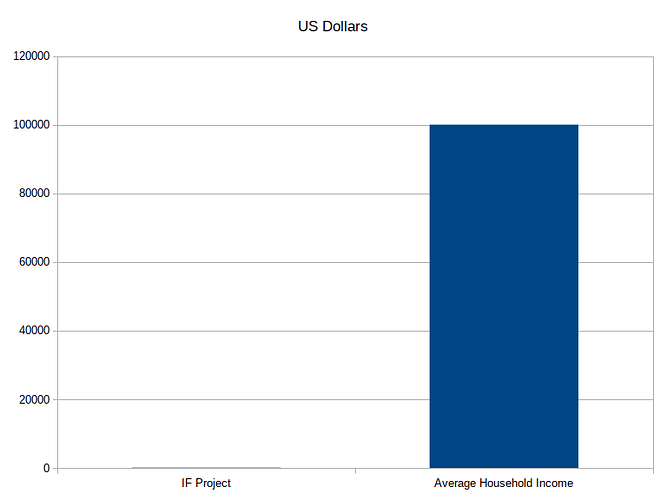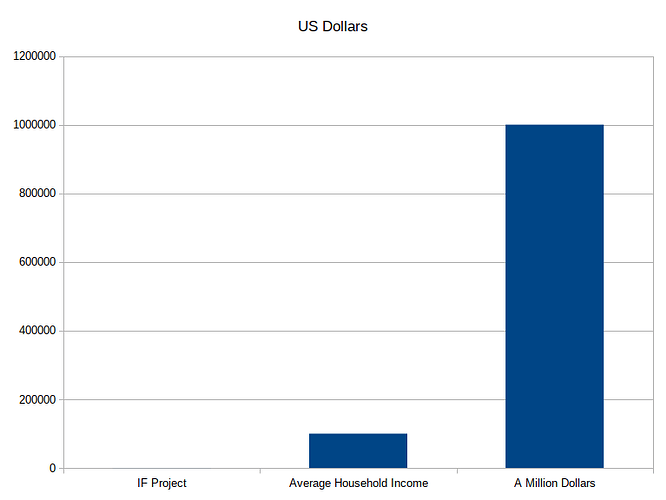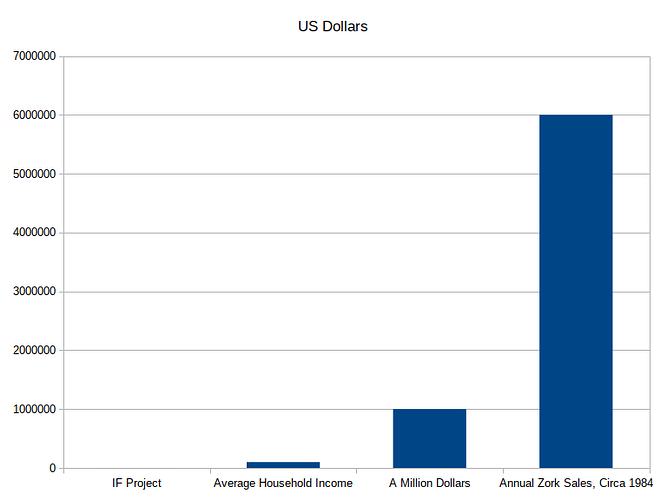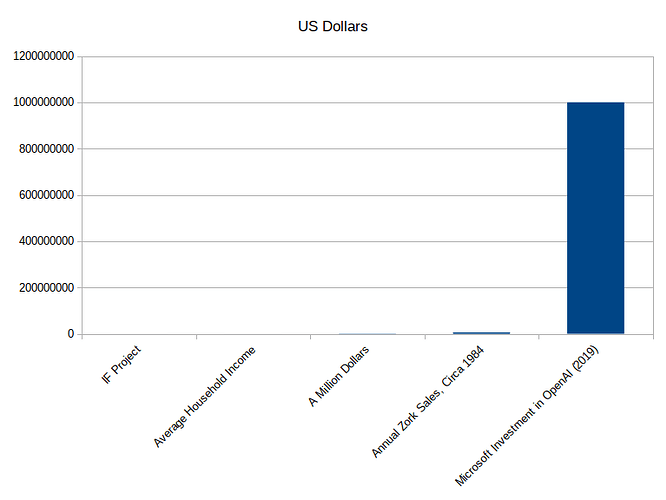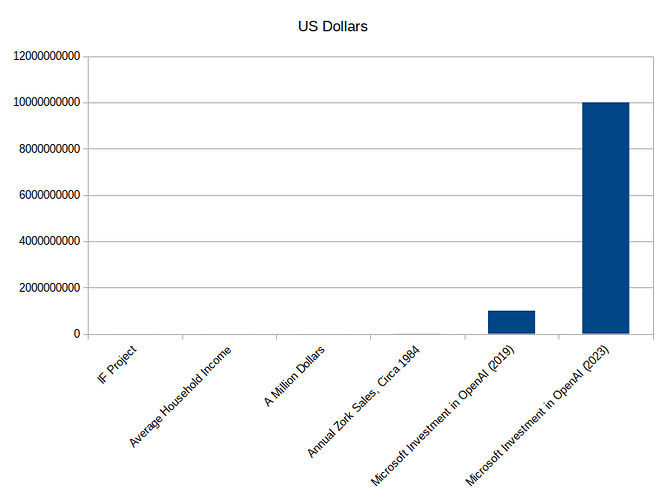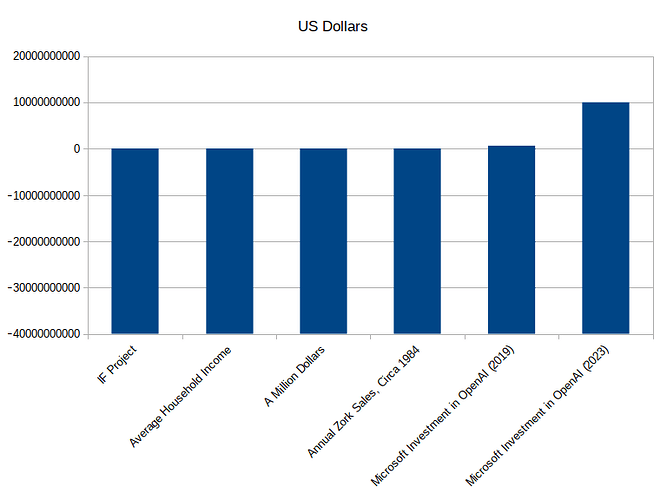In the pitch my friend received, it was mentioned that ‘someone is going to take this job, it might as well be us.’ AI art is seen as the next big thing- an easy way to get out of having to actually value artists and the work that they’ve spent years honing.
I’m not a professional artist. I don’t make a living by it. I have dabbled in custom commissions work in the past, (charging anywhere up to hundreds for a painting) but the grind that goes into trying to even supplement your income with it wasn’t sustainable for me.
But I have friends who are- and I’ve watched the turmoil it’s caused in their lives as people have remained indifferent, or even normalized it’s use. There’s a demand and a market for this art, and it’s far cheaper than paying artists what their work is worth. So long as that want exists, there will be scummy companies willing to stoop to it.
These aren’t rich people. They don’t have huge, lofty goals. These are people who care deeply about the art they produce, who have hustled their whole lives for a chance at stability, who relentlessly throw themselves into their work because they’re passionate, and they love it, and they are driven with a need to create.
They’re people who I’ve seen scramble hard to figure out how to find new work, how to pay the bills, fix their teeth, deal with hospital bills and car repairs- and at the same time, they’re the same people who will pass around the same twenty bucks to help others in their community in need.
I’ve seen them rally around someone who was trapped in an abusive living situation because they couldn’t afford to break their lease early, in large part because of losing out on contracted work to AI art. I’ve seen them go without so that their cats could be brought to the vet for emergency care. I’ve seen them pull emergency commissions, flash sales, donate merchandise and commission slots- to try to support the artists around them. They’re good people. And they’re going through a hell of a lot with AI art rocking the scene.
Anything that pushes for AI art’s normalization is not something I’m going to support. I’m not going to spit in the face of people who I care for by crossing the picket line for the sake of personal entertainment or amusement. Whatever pleasure could be derived out of the pretty pictures, whatever enjoyment it could add to a work is tainted with the knowledge that it’s use is contributing to the normalization that has wreaked suffering onto people who I care for. Even if it’s not a commercial success, it’s a tacit endorsement of AI art.
People are free to do whatever they want, of course. Just as they can choose to use AI art, I can choose to abstain. I feel too strongly about the people impacted by it to ever feel okay playing or promoting it, and that’s a personal line in the sand I’ve drawn.
